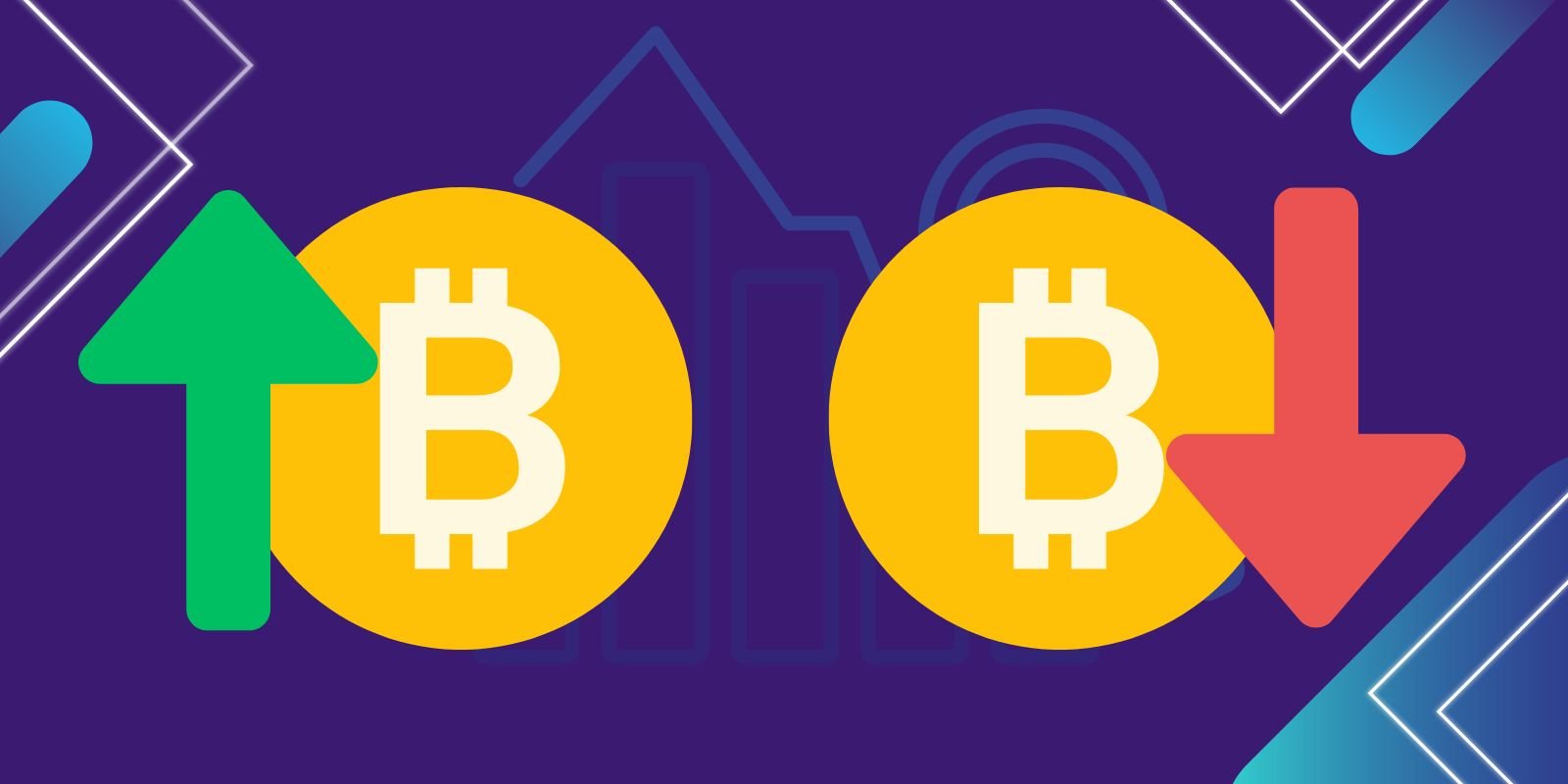Lightning Network technology has the potential to revolutionize the way we use and transact with digital assets, making it faster, easier, and more secure. By leveraging blockchain technology, it could revolutionize the way we use cryptocurrency, creating a more reliable and efficient system for transactions.
In this article, we will explore what the Lightning Network is and how it works, as well as what advantages it offers to users. We will also discuss its potential to transform the way we use cryptocurrency, and the potential challenges it may face in the future. By the end of this article, readers will have a better understanding of the Lightning Network and its potential implications.
What is the Lightning Network?
The Lightning Network is a decentralized network that enables instant payments between parties through a smart contract. It is designed to enable fast and cheap transactions between people and businesses by leveraging a blockchain. The technology operates like Bitcoin’s blockchain, but it isn’t a blockchain in itself. Because it uses blockchain technology, it is decentralized, meaning no single transaction is controlled by a single person or company. Given its decentralized nature, the Lightning Network operates as a peer-to-peer network connected by nodes that process payments. These nodes are computers that are used to process payments and operate on a decentralized system. This means that no single node has control over the network, protecting it from cyber-attacks and centralized control. The Lightning Network is a second layer on top of the Bitcoin blockchain. It uses smart contracts and requires a small amount of trust to avoid having to trust the entire network. The name “Lightning” refers to the fact that it can be used to make payments fast, but the technology only works on top of the Bitcoin blockchain because of that extra layer. The Lightning Network allows you to make instant micropayments, which means you can send money to someone in less than a second. This is not possible with Bitcoin alone, because it takes up to 10 minutes for Bitcoin transactions to be confirmed by miners (people who verify blocks). If you wanted to send someone 1 BTC (Bitcoin’s current maximum limit), it would take 10 minutes for them to receive your payment.
How does the Lightning Network work?
The Lightning Network provides the functionality of a “trustless” payment network, meaning that transactions can occur without the need for trust between the parties involved in the transaction. This is due to the use of blockchain technology and smart contracts, which are open-source and self-executing computer codes that can be programmed to trigger a certain set of actions when certain conditions are met. This means that when someone initiates a payment on the network, the funds are available immediately to the payment receiver. A user can make a payment by opening a channel between them and another party, who then acts as a middleman and settles the transaction on their behalf. This allows for fast, cheap transactions with low fees, even when there is not enough space on the Bitcoin Blockchain. They can then initiate a payment to someone else on the network, and the funds will be available to them immediately as well. To illustrate how the Lightning Network works, consider two people who want to transact with each other but don’t want to trust each other with the payment. Let’s say that Person A wants to pay Person B $100 for a particular service. Normally, Person A would send Person B the $100, and Person B would then provide the service once she receives the money. But what happens if Person B doesn’t provide the service when she receives the money? What happens if Person B decides to keep the money? In this scenario, Person A would have no way of getting their money back.
The Need for Lightning Network in Bitcoin
Many experts have pointed out that the Lightning Network’s creation was necessary for Bitcoin’s growth and success. The issue is that the Bitcoin blockchain was designed to process a limited number of transactions per second. Since the amount of transactions people are processing is increasing, the network can’t keep up and transactions are taking much longer than they used to. This may slow down the process of buying and selling Bitcoin. In fact, some transactions that take place on the network are taking as long as 10 hours to process. This means that people who want to use Bitcoin as a form of payment are having to wait a long time for their transactions to confirm, which is problematic for a few reasons. First, it means that people are being forced to pay a fee in order to make their transactions go through quickly. This is an issue because the average transaction fee for Bitcoin is now over $50, which makes it infeasible for many people to use it as a payment method. The Lightning Network can be used for anything, such as peer-to-peer payments, microtransactions, and more. The Lightning Network offers many benefits over other payment systems: Ease of use: It’s easy for users to set up and use the Lightning Network Security: It uses smart contracts to ensure that transactions are secure Flexibility: Users can create their own channels and choose how much money they want to spend per channel
Advantages of the Lightning Network
The Lightning Network provides a number of benefits to users, including instant and cheap transactions, increased privacy, and reduced risk of fraud. The technology also allows for a higher volume of transactions to be processed per second, which is expected to increase as it grows in adoption.
Instant and cheap transactions
The Lightning Network allows users to transact with each other instantly and with very low fees when someone wishes to buy or sell Bitcoin in Dubai or elsewhere, unlike transactions on the Bitcoin blockchain. This is because the Lightning Network doesn’t require a miner to process transactions the way that Bitcoin’s blockchain does. Instead, the transactions are processed by users connected to the network. Since there is no need to wait for a miner to process the transaction, users can expect to see a confirmation of their transaction almost immediately.
Increased privacy
Since the Lightning Network doesn’t require users to reveal their identities, as they do when transacting on the Bitcoin blockchain, users have more privacy. This is because the Lightning Network uses a special mathematical function known as a “hashing function” to convert a user’s identity into a single unknown value called a “hash.” This means that it’s impossible for hackers or anyone else to know a user’s identity.
Reduced risk of fraud
Because no one person or company controls the Lightning Network, it’s more difficult for hackers to commit fraud by manipulating the network.
Potential Applications of the Lightning Network
The Lightning Network is currently under development by BTCP, which aims to create a blockchain with more capacity than Ethereum. In order to achieve this, BTCP will use smart contract technology to create “atomic swaps” instead of relying on other entities like centralized exchanges or cryptocurrency exchanges. The Lightning Network opens up many applications where it could be used: 1) Decentralized exchanges – This would allow users who want to trade cryptocurrencies without having to trust an individual or group. Users would be able to sell and buy Bitcoin in Dubai without needing an exchange or other third party involved in order for them to complete transactions safely and securely through a peer-to-peer platform like Lightning Network. 2) The Lightning Network has the potential to transform the way we use cryptocurrency, particularly Bitcoin. It holds the potential to make transactions instantaneous, inexpensive, and private. This means that the technology is well-positioned to make digital assets like Bitcoin more useful as a payment method, which will likely lead to greater adoption and increased value of Bitcoin and other cryptocurrencies. 3) The technology could also be used to process micro-transactions. Micro-transactions refer to small purchases that people make every day. Examples include buying coffee, renting an apartment, or playing games. However, many of these transactions average less than $5, which means that many people are hesitant to use cryptocurrencies because of the cost of processing them. However, the Lightning Network has the potential to provide a solution for micro-transactions and make them more feasible.
Challenges the Lightning Network May Face
While the Lightning Network could transform the way that we use cryptocurrency and make it easier to use, there are a few challenges that could threaten its success. For example, it could be difficult for people to trust the technology if they don’t understand how it works. This is because the network relies on people trusting each other to process the transactions. In addition, if the network fails to grow and expand, it could become congested like the Bitcoin blockchain, which could lead to long transaction times and high fees.
Summary and Conclusion
The Lightning Network is an off-chain payment solution that aims to solve the scalability issues of the Bitcoin blockchain. The main goal of this technology is to allow users to send and receive payments without worrying about the size of their transactions, which could be much larger than the blocks on the Bitcoin blockchain. Users will be able to buy Bitcoin with Dollars or any other currency with ease and without worrying about scalability issues. The Lightning Network provides a number of benefits to users, including instant and cheap transactions, increased privacy, and reduced risk of fraud. The technology also allows for a higher volume of transactions to be processed per second, which is expected to grow as the network grows in adoption. Although the technology holds promise, there are a number of challenges that it could face. For example, it could be difficult for people to trust the network if they don’t understand how it works. This could be problematic if the network doesn’t grow and expand in the future.







